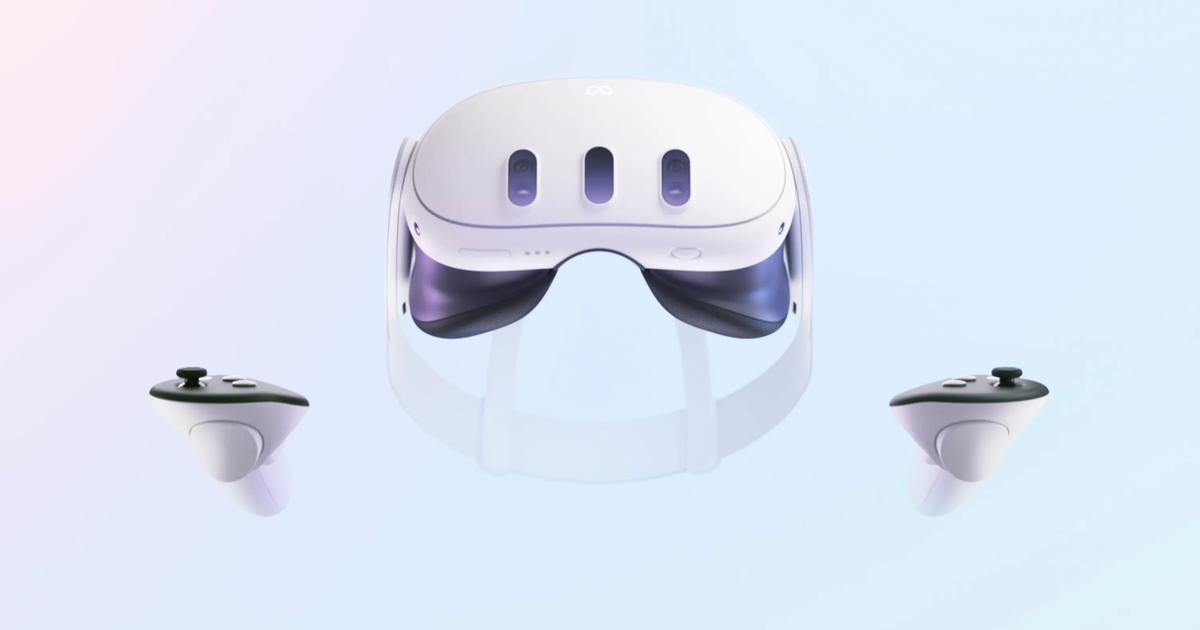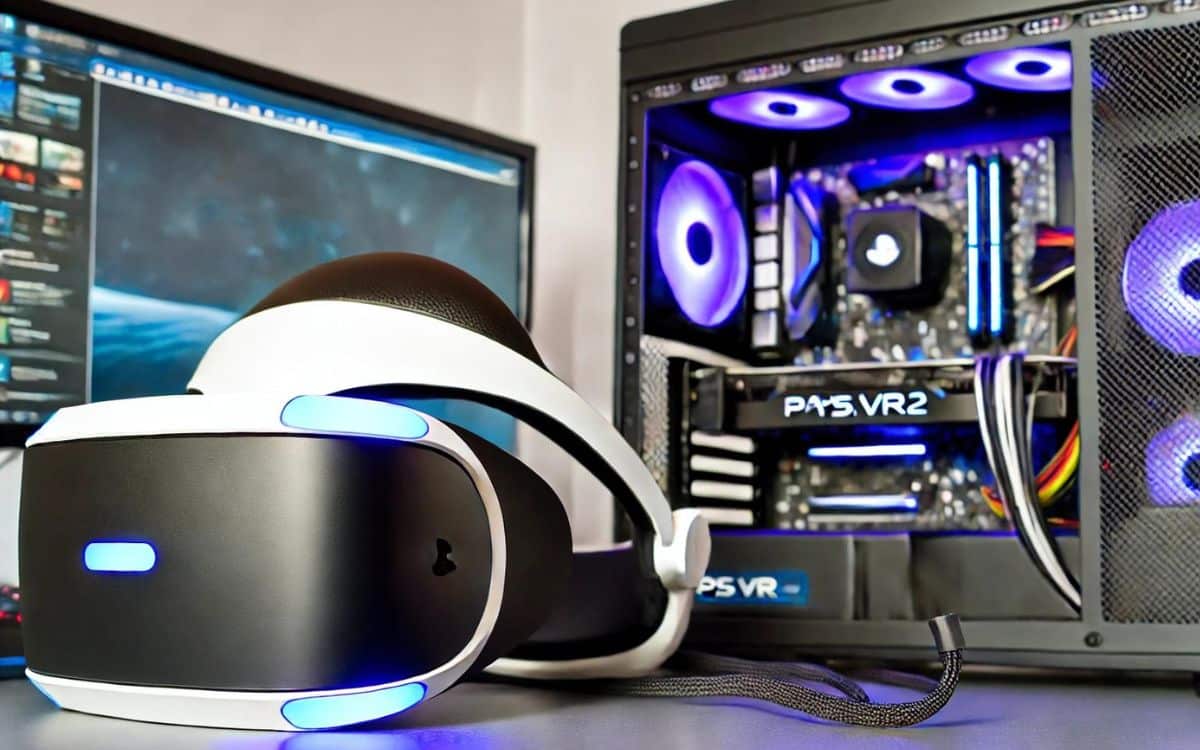Navigating in virtual reality is a complex problem. Now Oculus has published a guide that introduces all the important VR modes of action and gives developers design advice.
Since virtual reality is like virtual reality, it still has to take reality into account: Your body has a physical nature and its freedom of movement is still restricted to other physical things, even in virtual reality. This limitation can be avoided at least in part by moving the virtual body rather than the physical body.
Oculus divides VR movement accordingly into physical and industrial motion. Under Physical movement It falls during every movement a person makes with his physical body Synthetic movement Created by pressing a button or analog stick and only moving the virtual object or environment.
Set the virtual body to motion with the analog stick: This is the most common type of prosthetic movement. | Photo: Facebook
The previous type of movement has the disadvantage that it is physically limited, for example by your four walls, while the synthetic movement is less immersive or can lead to VR nausea.
In recent years, a variety of virtual reality movement methods have emerged that use physical or synthetic motion methods, or both, in a variety of ways. In a guide, Oculus introduces the most important designs and describes strategies that can be used to prevent VR nausea.
VR movement: not only interesting to developers
The guide is divided into six chapters:
- Common types of artificial mobility: Oculus explains the most common types of synthetic motion, including fluid motion and teleportation.
- Control of artificial movement: An overview of the possibilities for creating and controlling an artificial movement, for example by pressing a button, using an analog stick, or looking at it.
- Design challenges: What are the specific scenarios for artificial mobility and how can they be implemented best? Examples: climbing, crawling, and jumping.
- Play with comfort and ease of use: Oculus explains here how to prevent nausea and fatigue in virtual reality in players and how it is designed for small play areas.
- Technologies and best practices: The final chapter builds on the results of the previous chapter and explains a number of specific technologies that improve the comfort and accessibility of the VR gaming experience.
The guide is aimed at developers, but it is also of interest to researchers and gamers who want to get an overview of the types of VR movement.
The design guide, along with other resources and instructions, is at Oculus developer page Viewable and follow general design guidelines for VR applications, which aim to ensure better and barrier-free accessibility.
Those: Oculus BlogCover photo: Facebook
Read more about the FR movement:
Walk around in virtual reality: Oculus publishes its design guide Last update: January 24, 2021 by

“Certified gamer. Problem solver. Internet enthusiast. Twitter scholar. Infuriatingly humble alcohol geek. Tv guru.”





